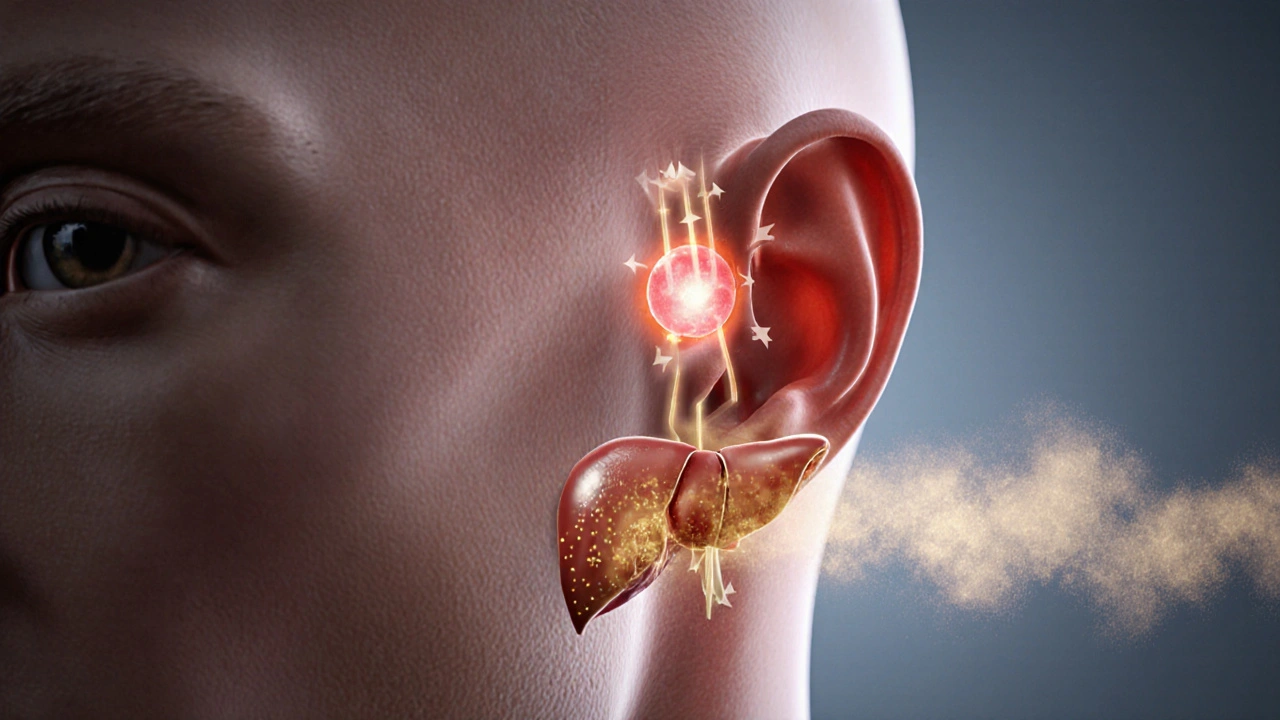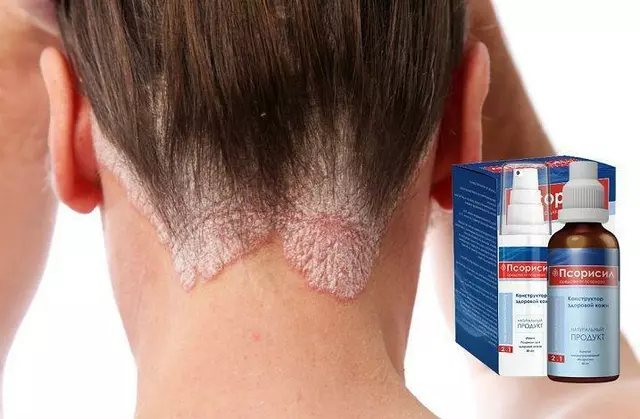Growth Hormone: Benefits, Risks, and Practical Insights
When working with growth hormone, a protein hormone produced by the pituitary gland that regulates growth, metabolism, and tissue repair. Also known as human growth hormone (HGH), it is essential for childhood height development and helps maintain muscle mass, bone density, and heart function in adults. HGH therapy, the medical use of synthetic growth hormone to treat deficiency or specific muscle‑wasting diseases relies on the same molecule but is manufactured in a lab. The hormone’s main downstream messenger is IGF‑1, insulin‑like growth factor‑1, which carries growth hormone’s signals into cells and drives protein synthesis. All of this starts at the pituitary gland, a pea‑sized organ at the base of the brain that secretes growth hormone along with many other regulators. In simple terms, growth hormone → IGF‑1 → tissue growth, and the pituitary gland is the source that makes the chain start.
Clinically, growth hormone deficiency shows up as slowed growth in kids, decreased muscle tone, increased body fat, and low energy in adults. Doctors confirm the condition with blood tests that measure both growth hormone peaks after stimulation and IGF‑1 levels. Once diagnosed, HGH therapy is tailored to the individual's weight and age, usually starting with low doses and adjusting based on periodic labs. The treatment helps children reach near‑normal adult height and gives adults better lean‑mass preservation, improved bone density, and sometimes better quality of life for those with chronic illness. However, the therapy isn’t a magic weight‑loss or performance enhancer; it works only when the body truly lacks the hormone or when a specific medical indication exists. Insurance coverage often hinges on documented deficiency, so proper documentation and follow‑up are crucial.
Outside the medical box, growth hormone has an undeniable allure for athletes, bodybuilders, and anti‑aging enthusiasts. Because HGH can increase protein synthesis, it’s sometimes abused to boost muscle size, reduce recovery time, and even improve perceived vitality. The flip side is a cascade of side effects: joint pain, insulin resistance, enlarged heart, and an increased risk of certain cancers when levels stay too high for long periods. In sports, governing bodies label non‑therapeutic use as doping, and many countries regulate its distribution tightly. For anti‑aging, the evidence is still mixed; short‑term studies show modest skin improvement but no lasting health benefits, and the cost can be prohibitive. The safest route is to rely on lifestyle factors—adequate sleep, balanced nutrition, and regular resistance training—to support the body’s natural growth hormone secretion rather than chasing synthetic shortcuts.
What You’ll Find Below
The articles that follow cover everything from buying generic medications safely to understanding specific drug comparisons. While the list isn’t limited to growth hormone, you’ll see how hormone‑related topics intersect with broader pharmaceutical choices, safety tips, and cost‑saving strategies. Dive in to get practical guidance that complements the overview you just read.
Explore how excess growth hormone in acromegaly triggers thyroid problems, the types of disorders seen, screening steps, and combined treatment strategies.
View Details

